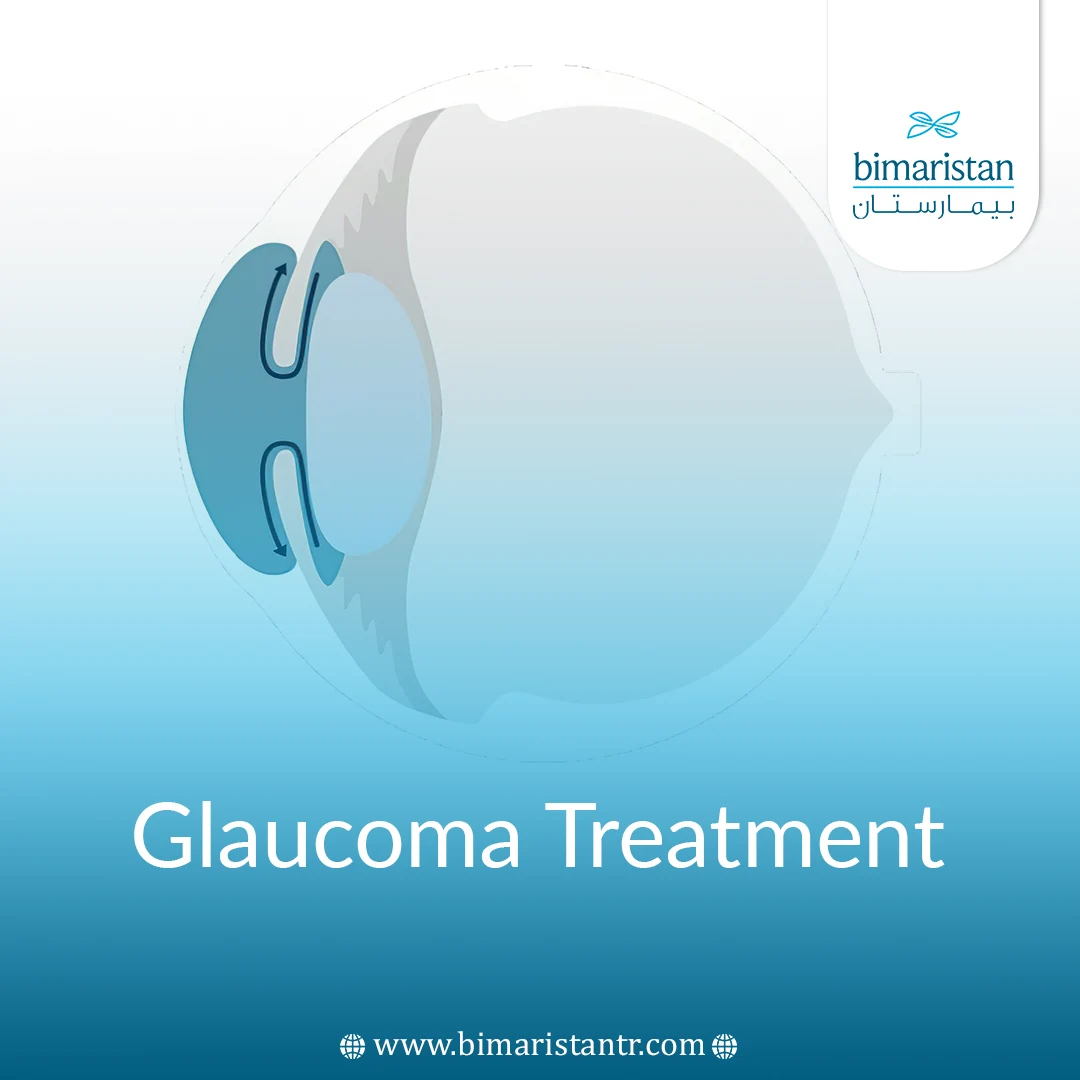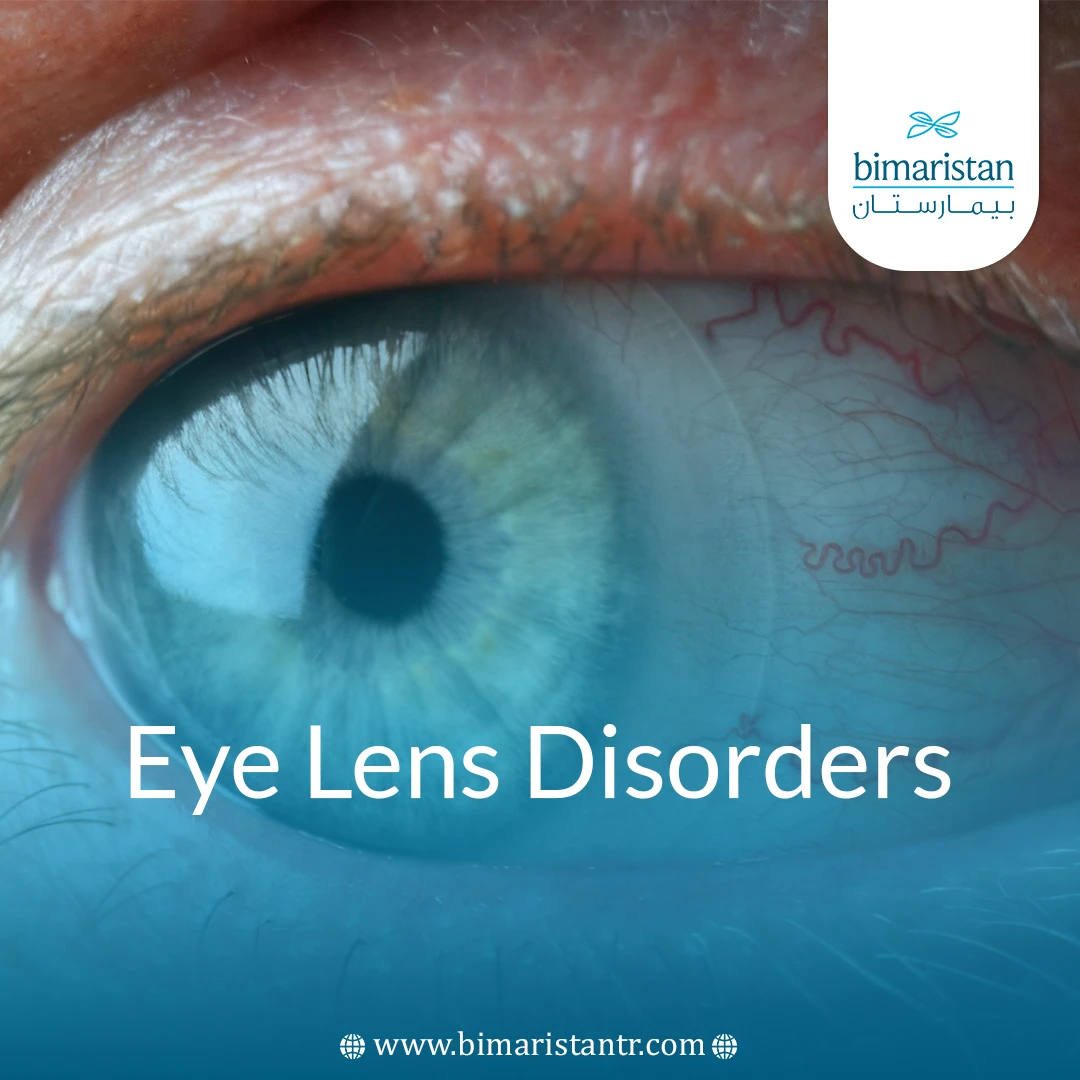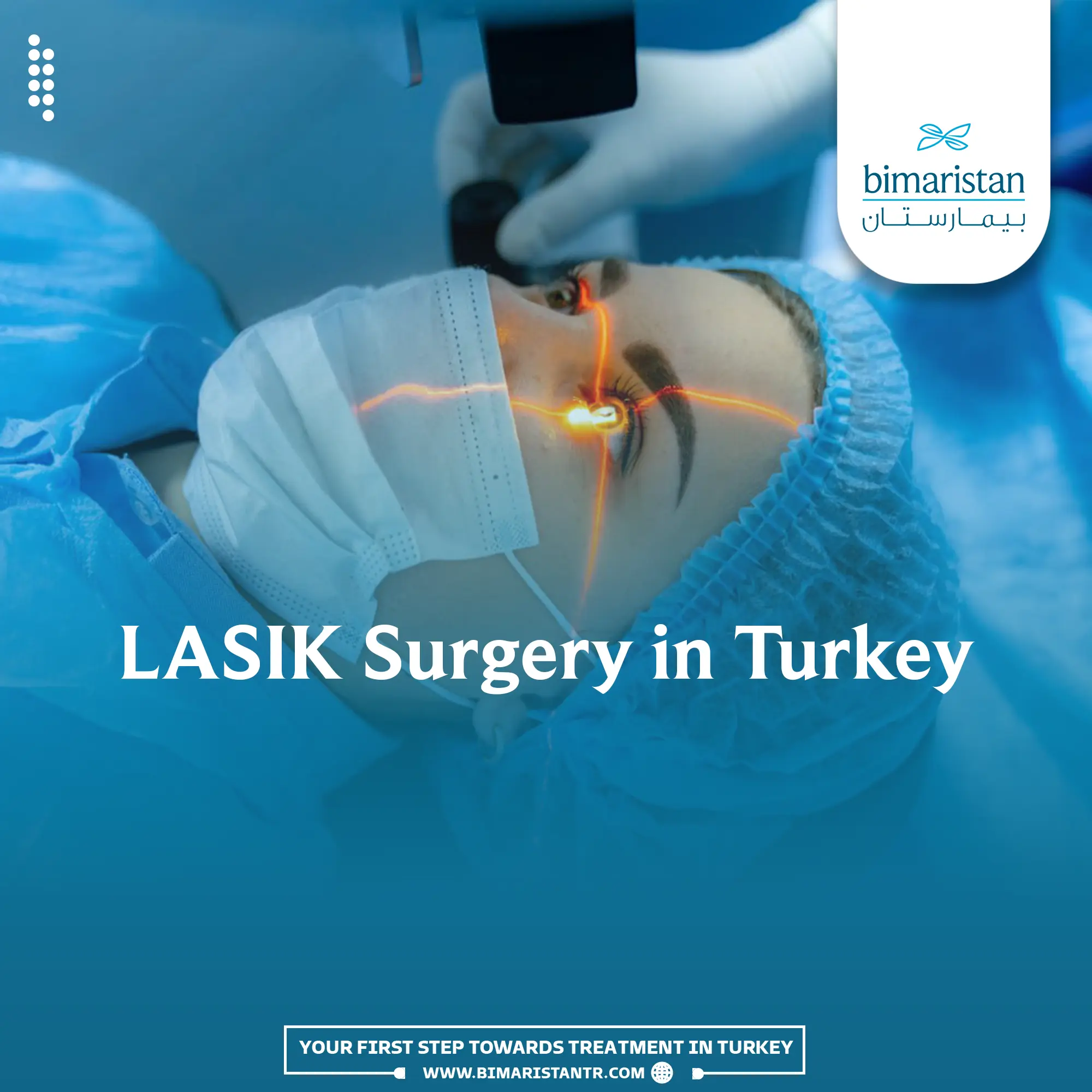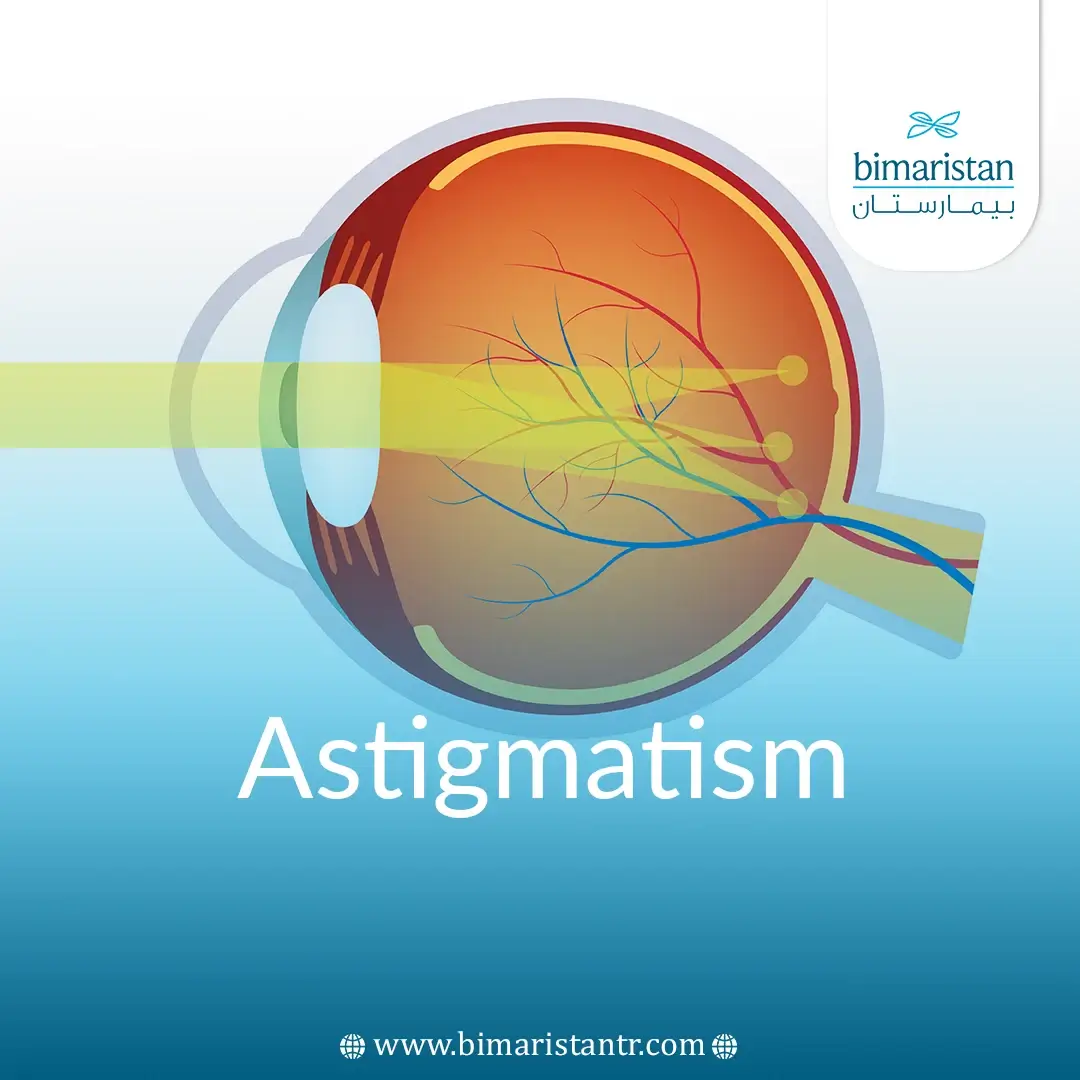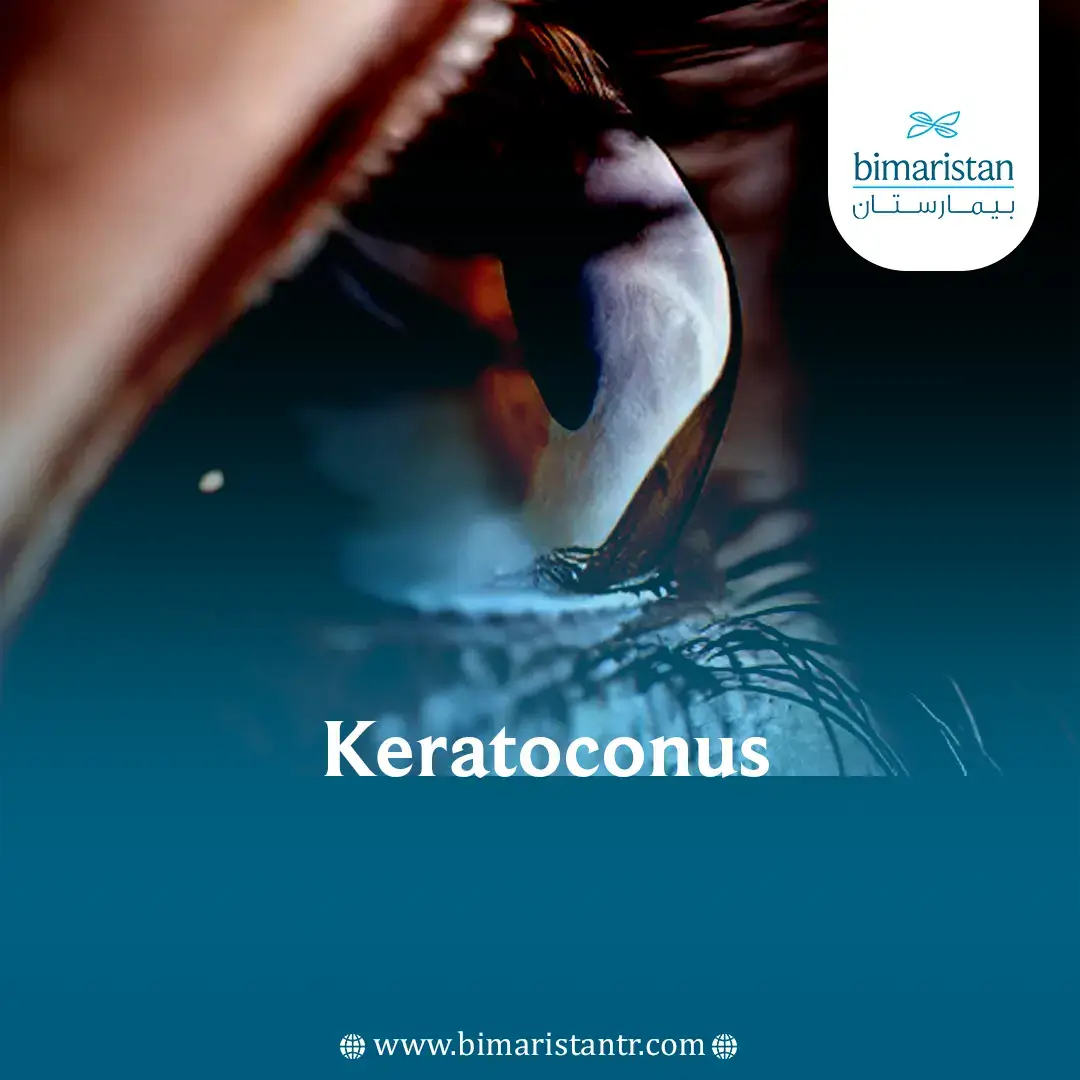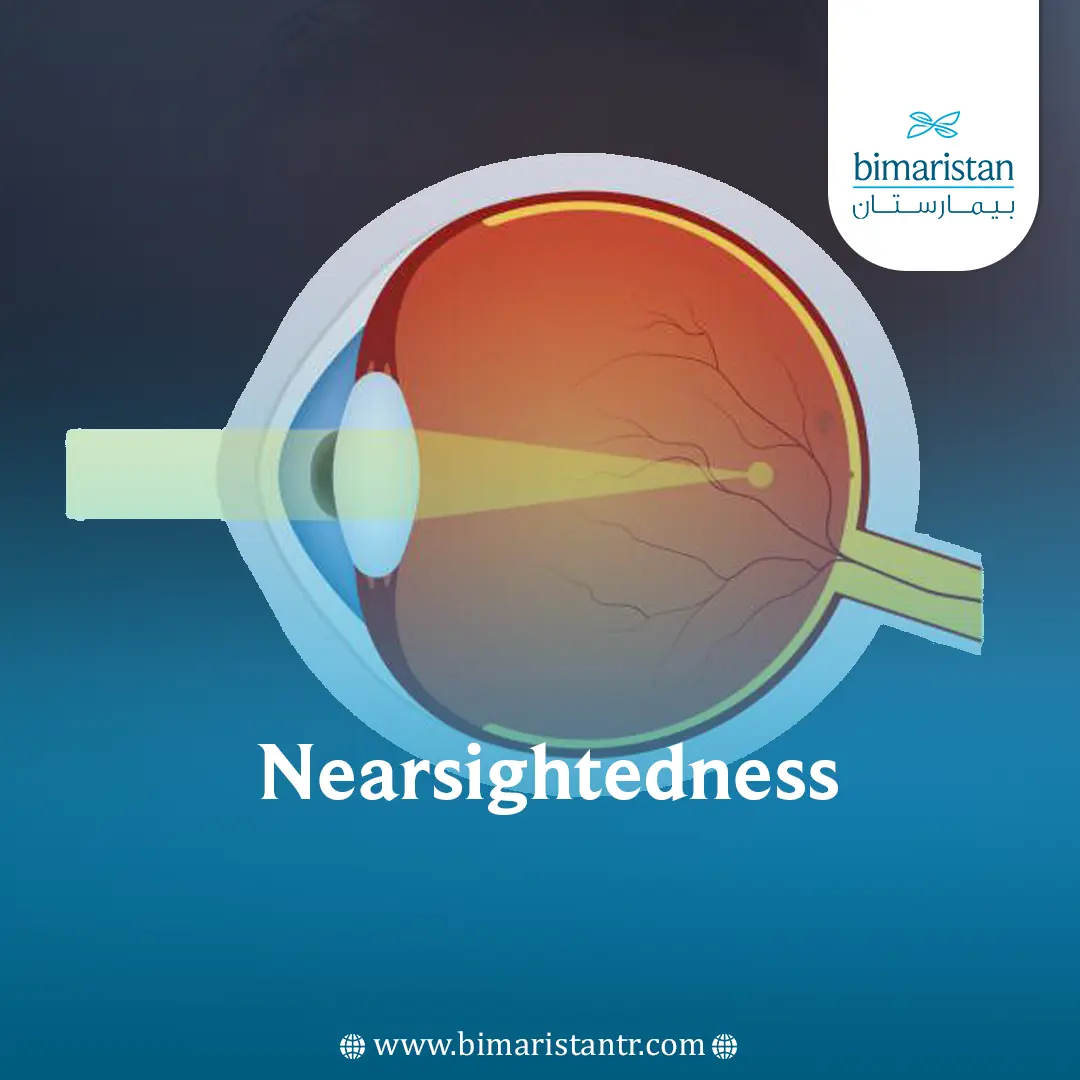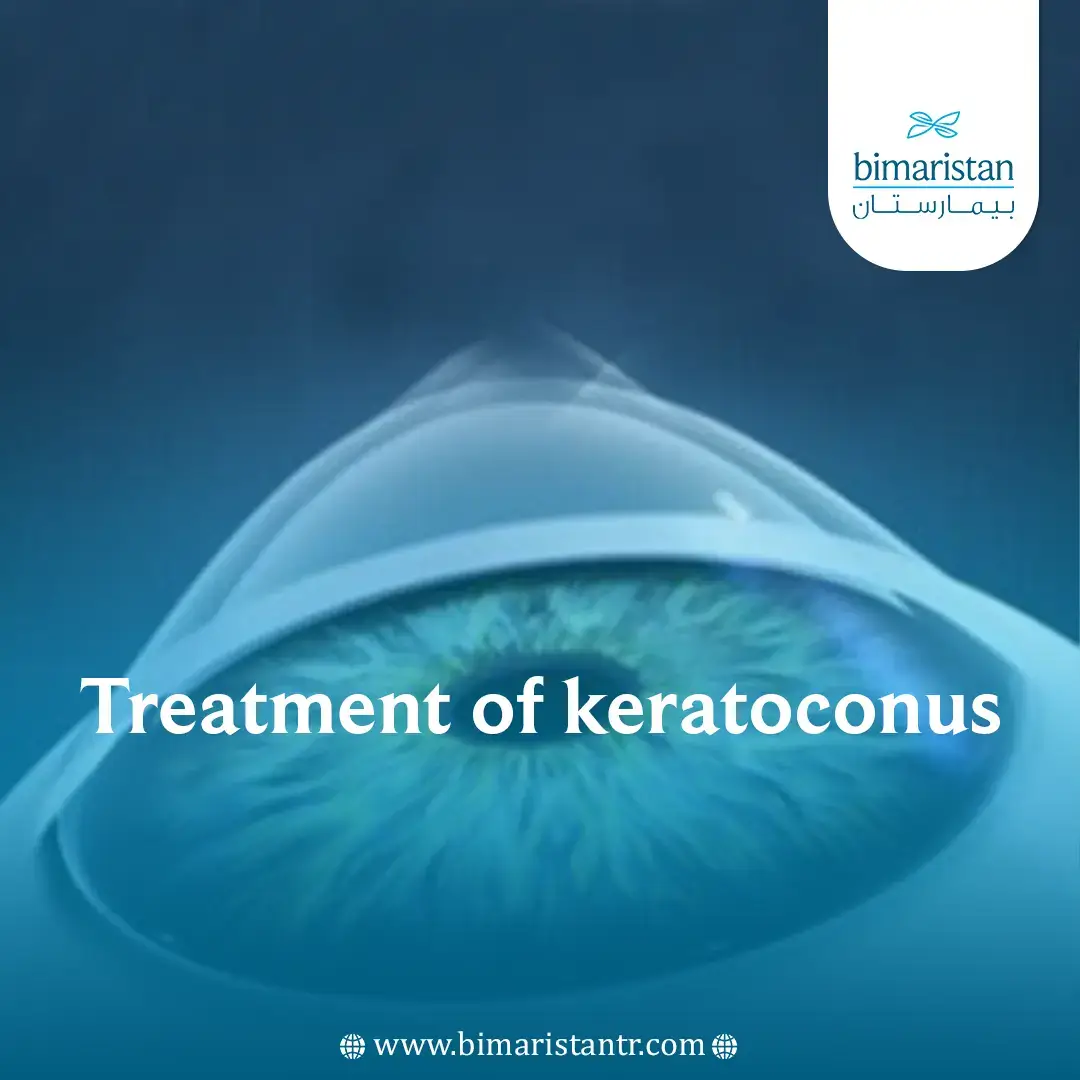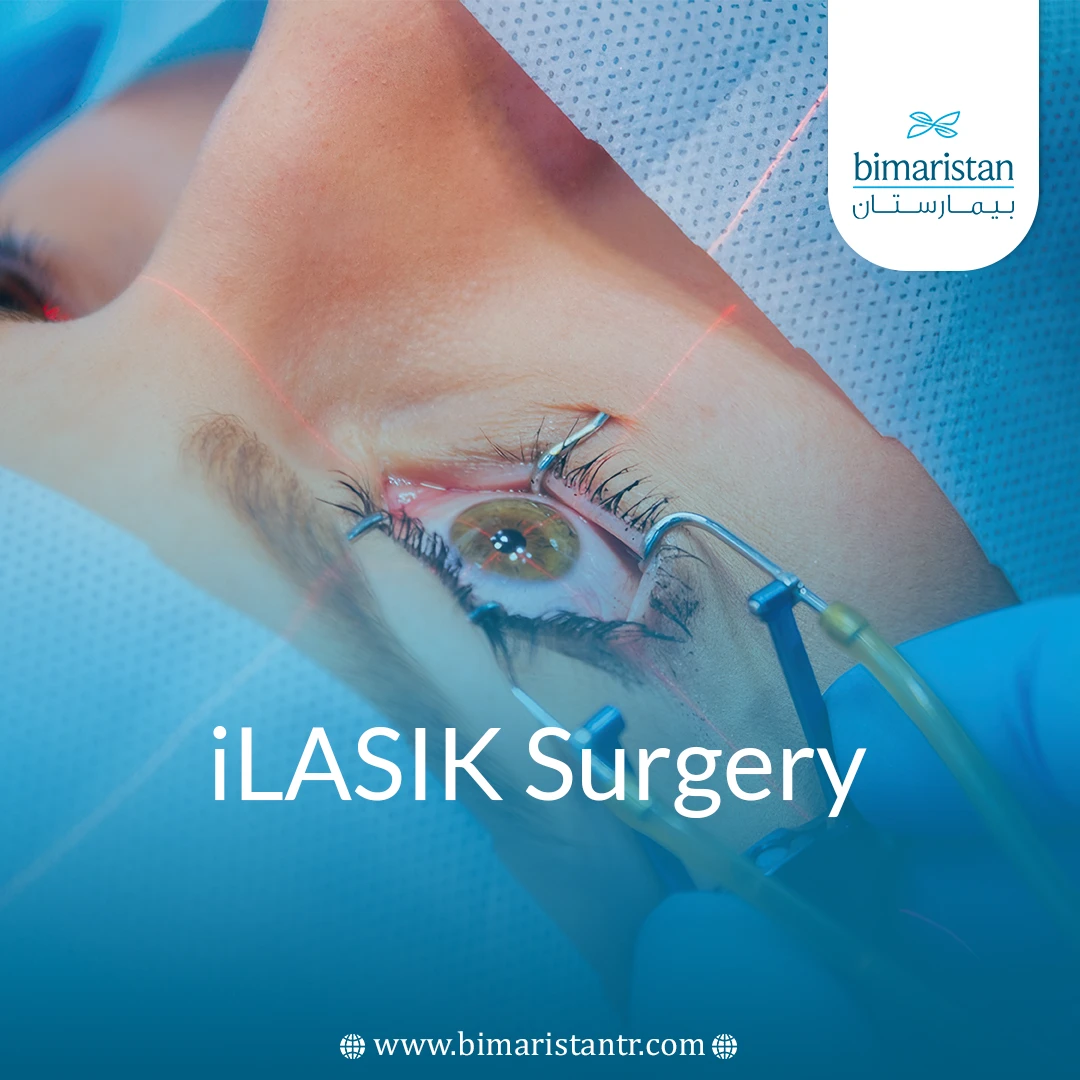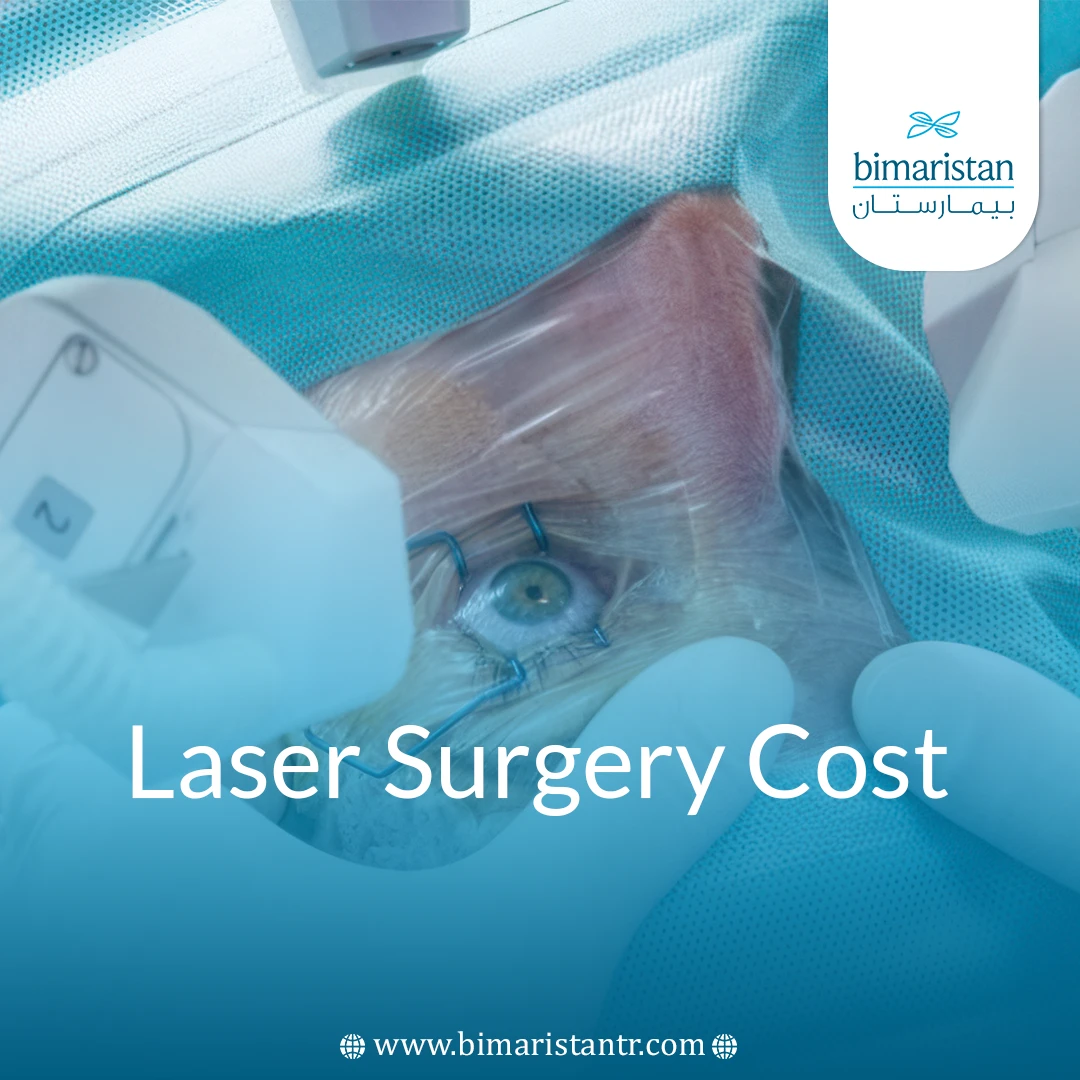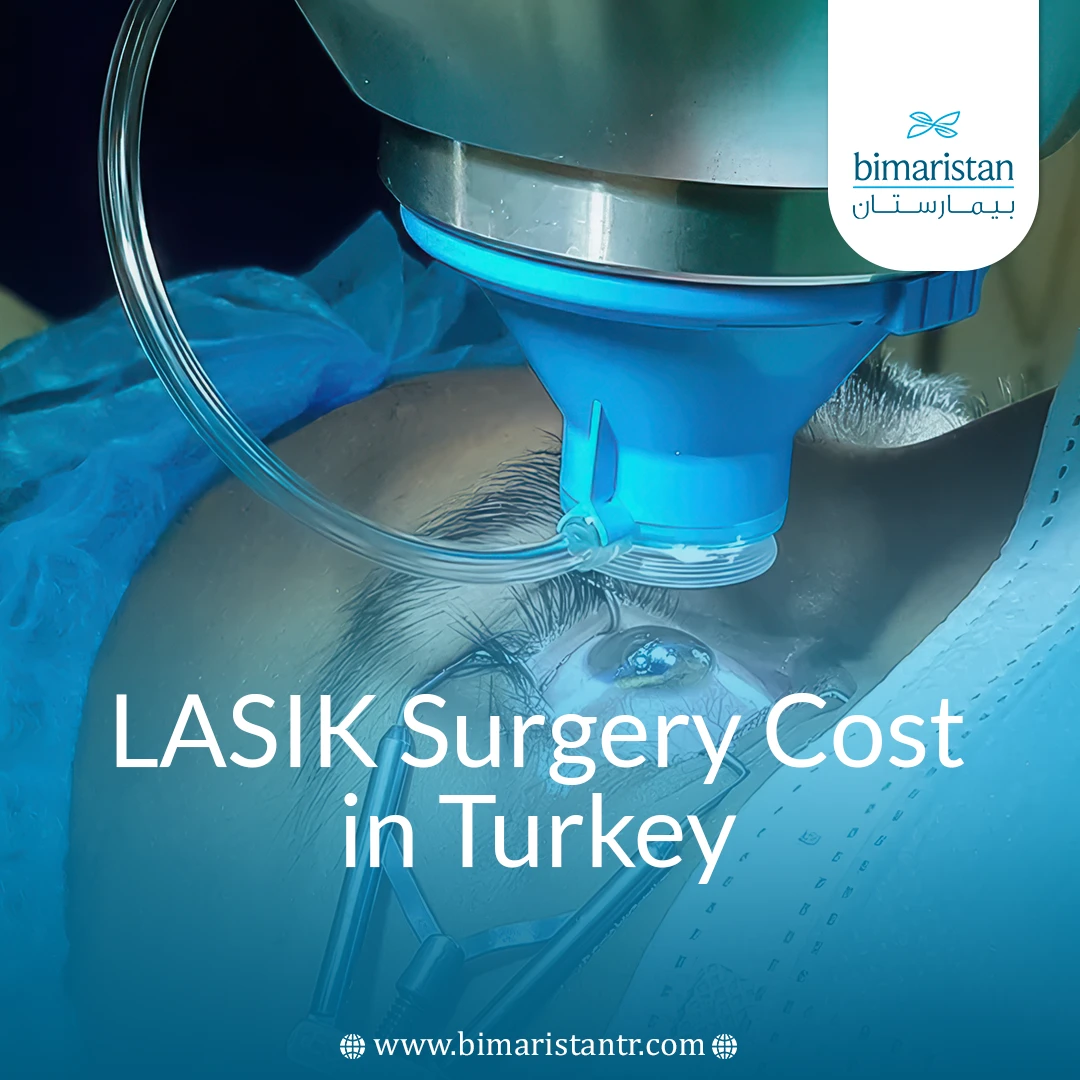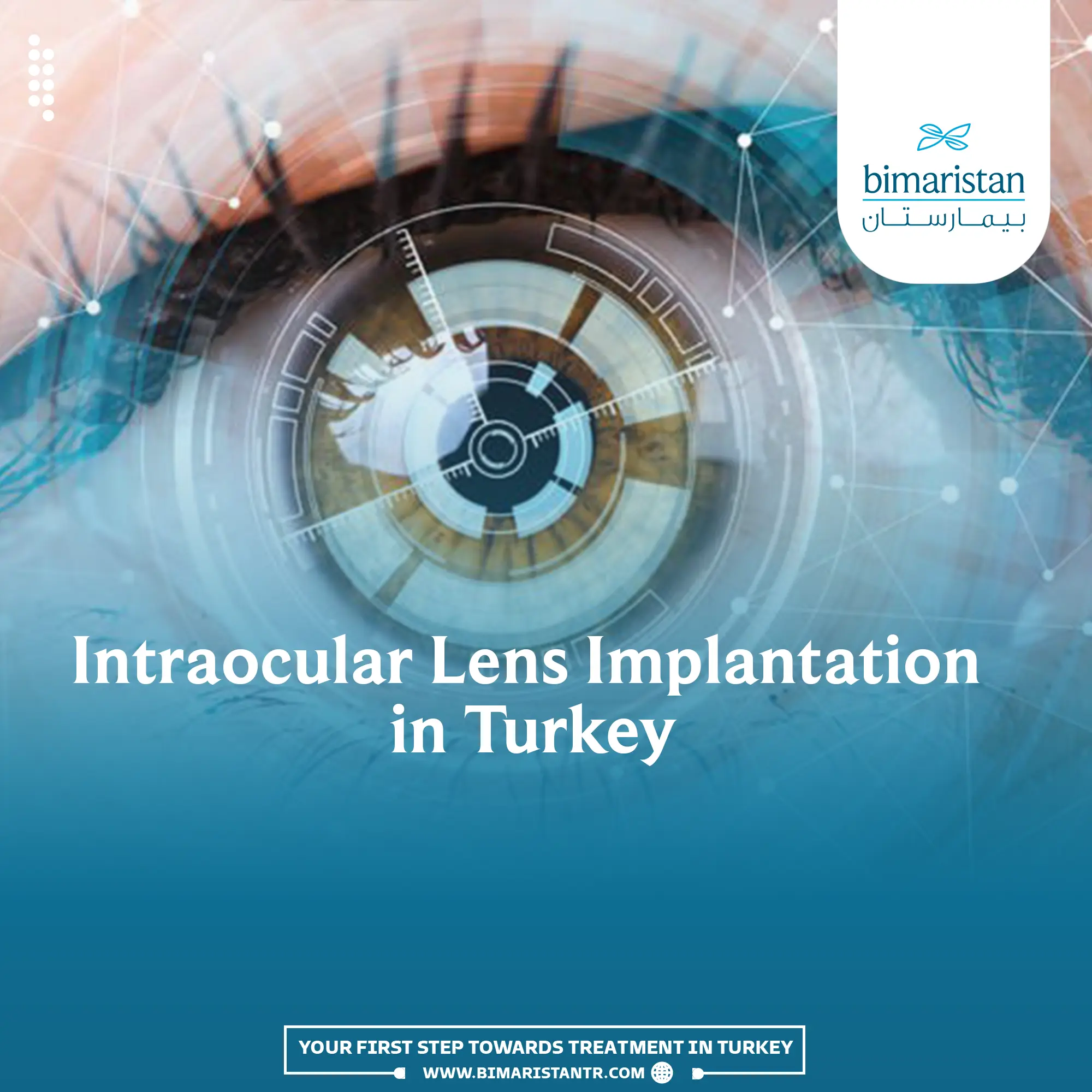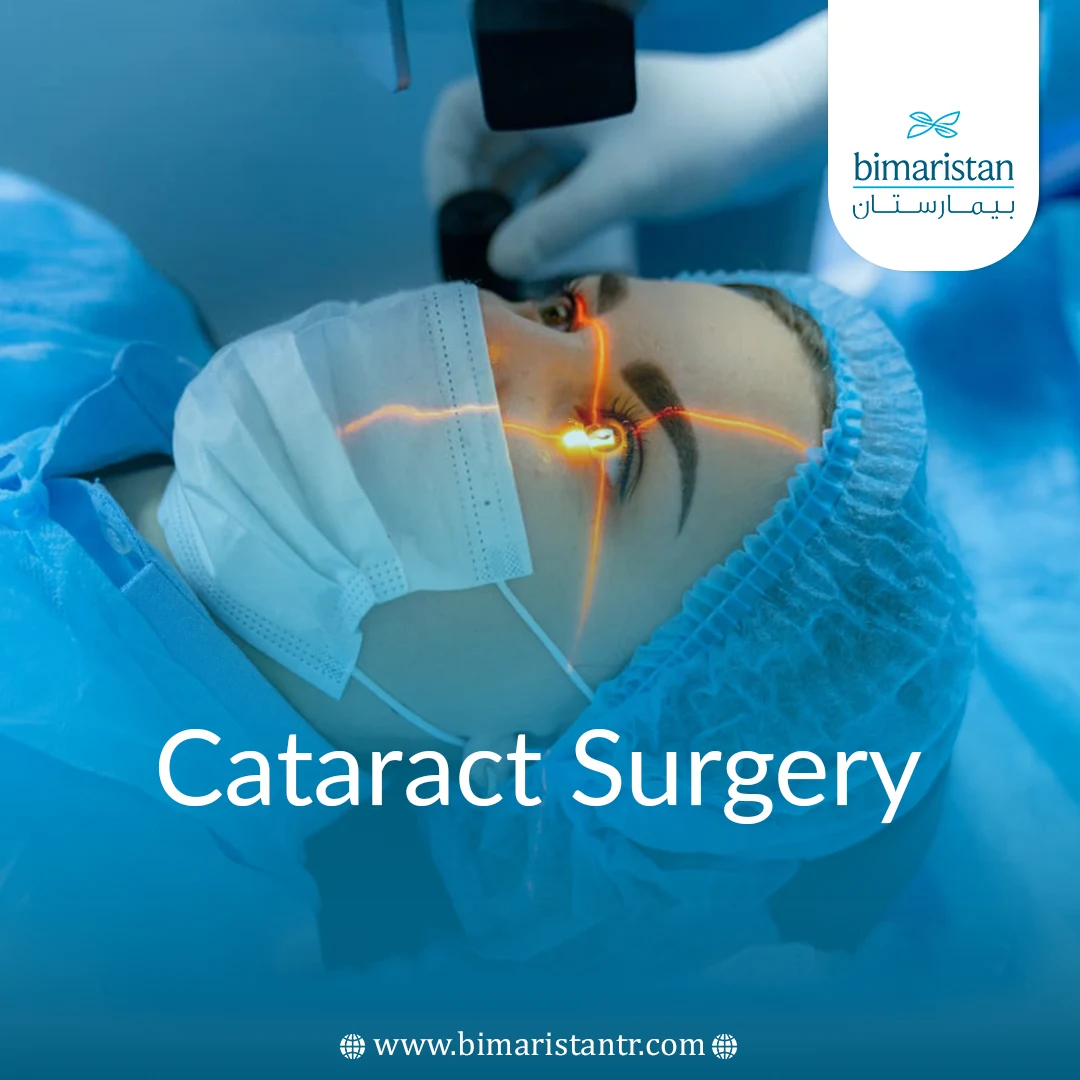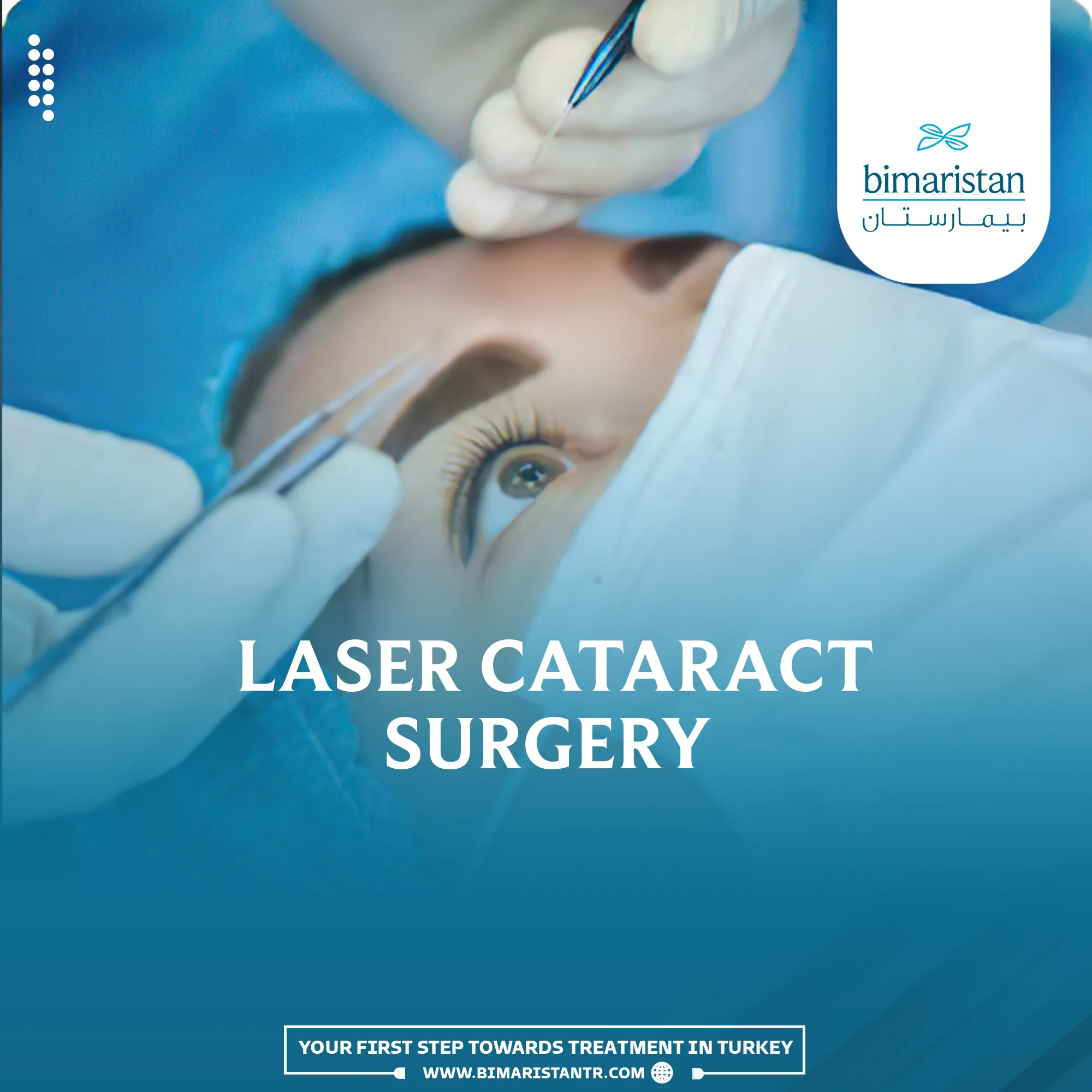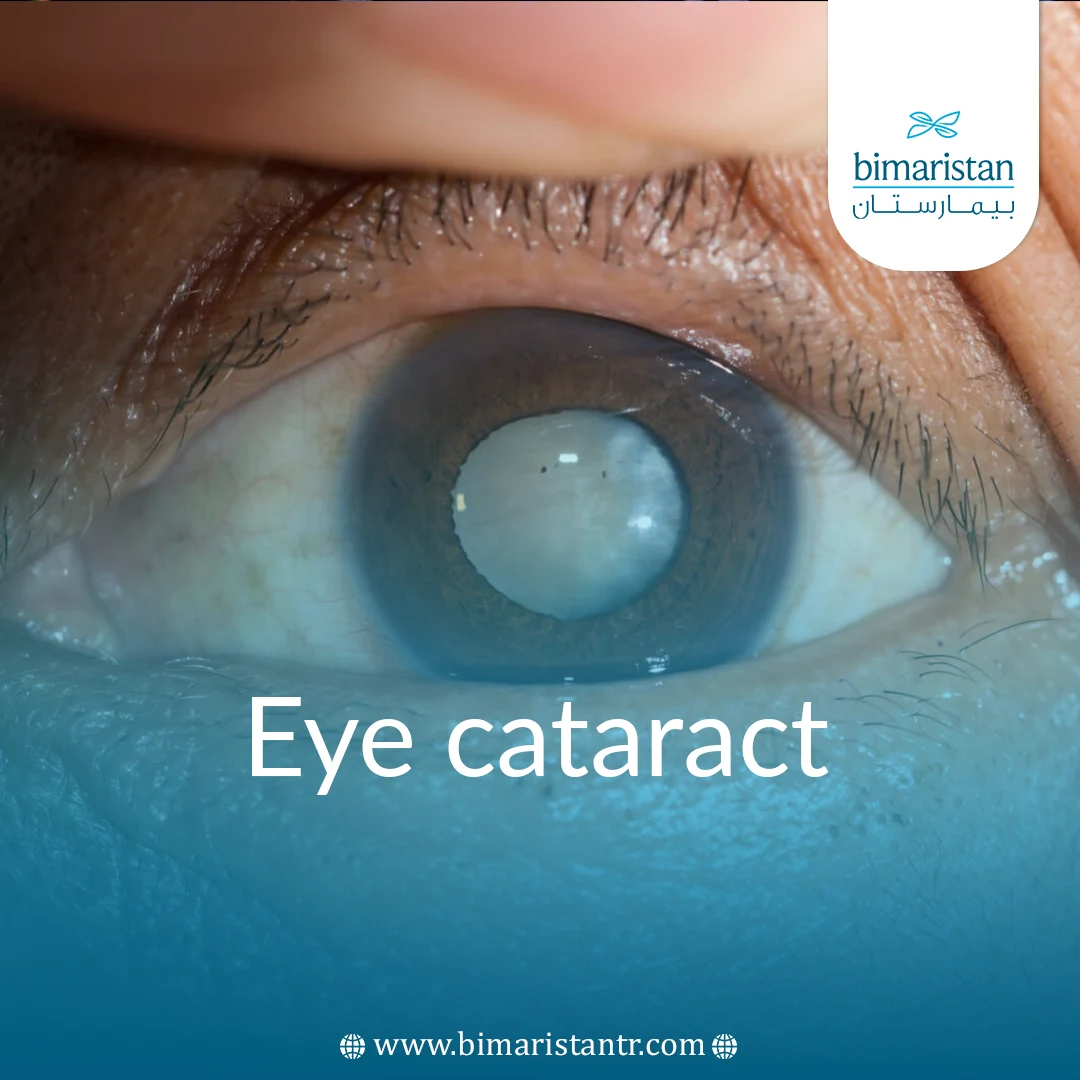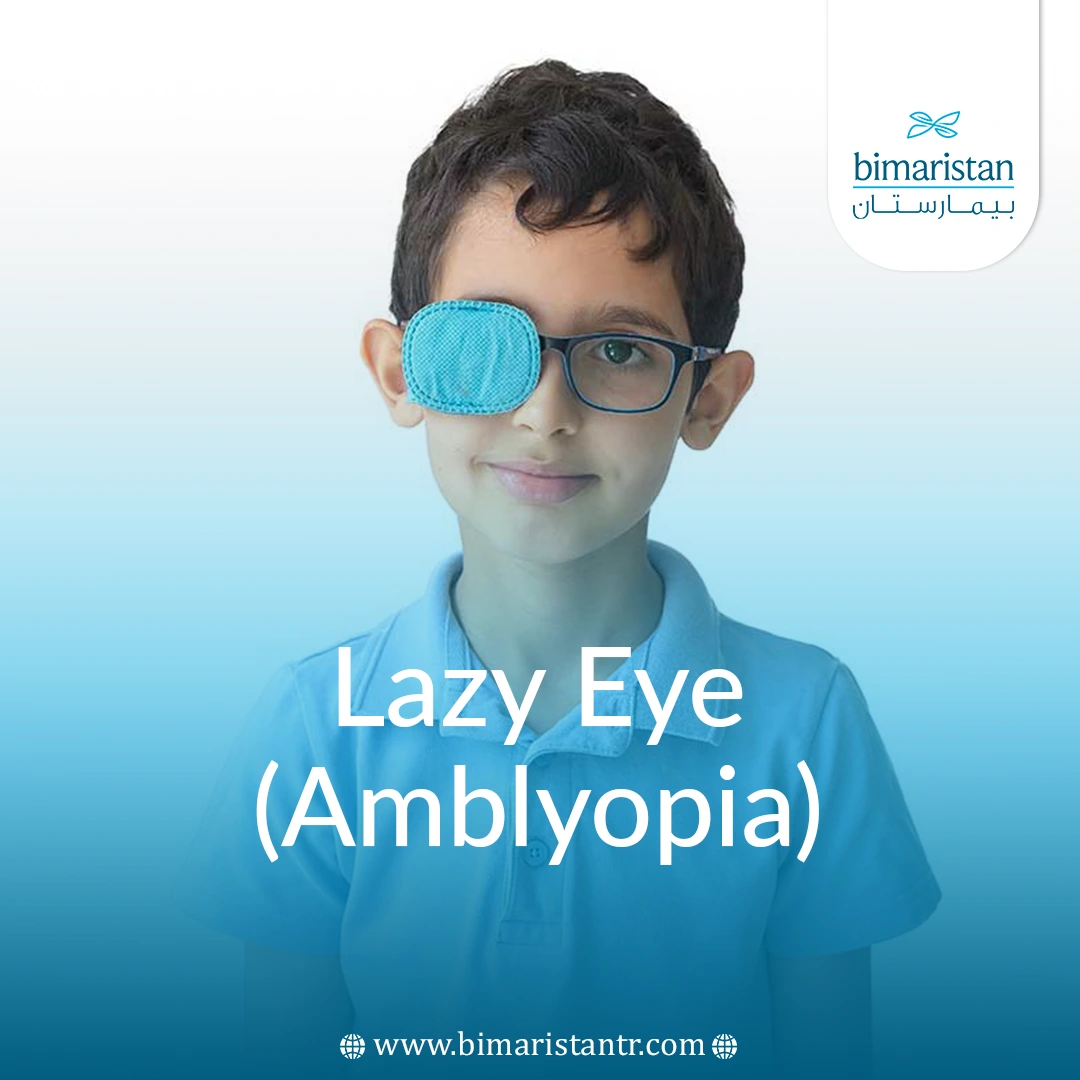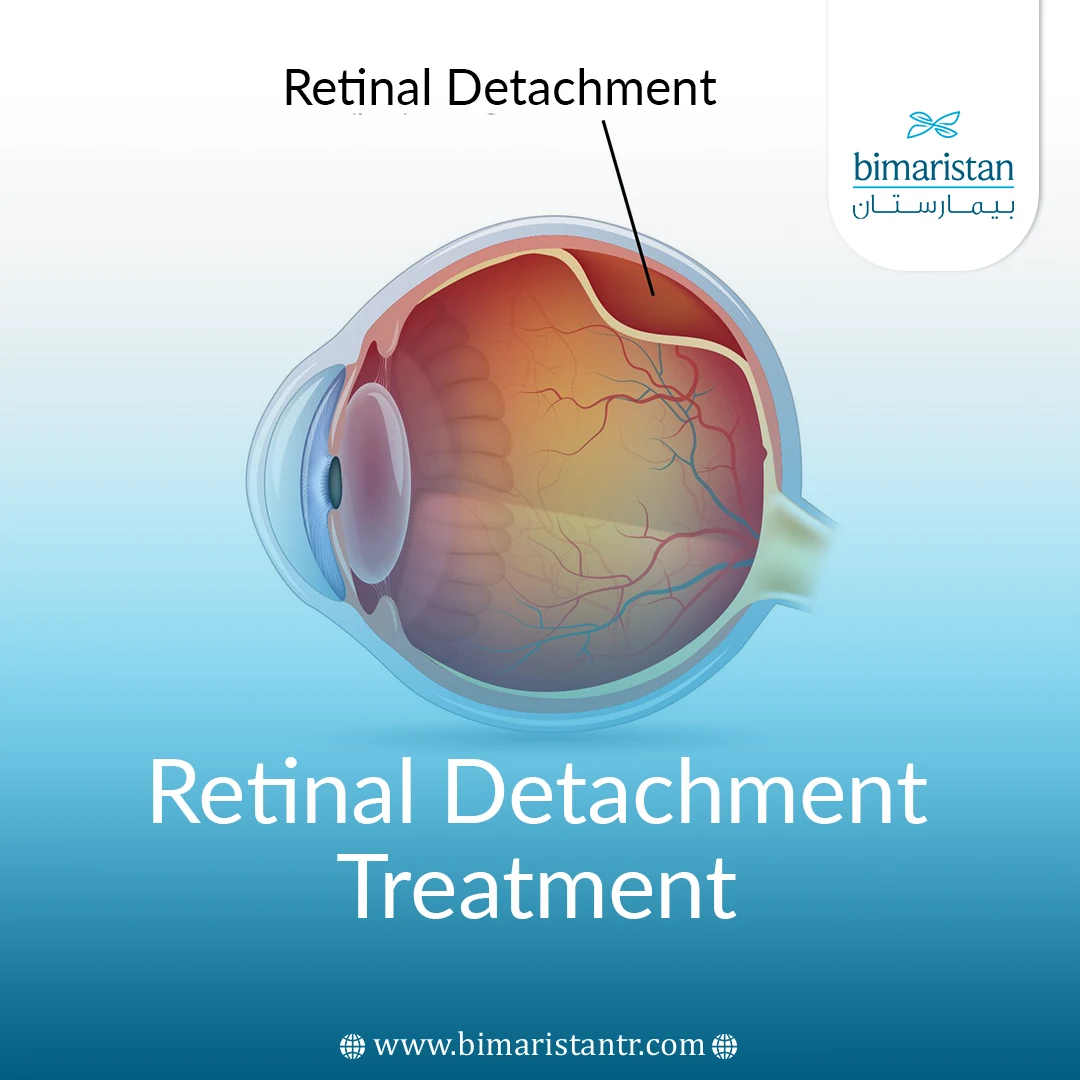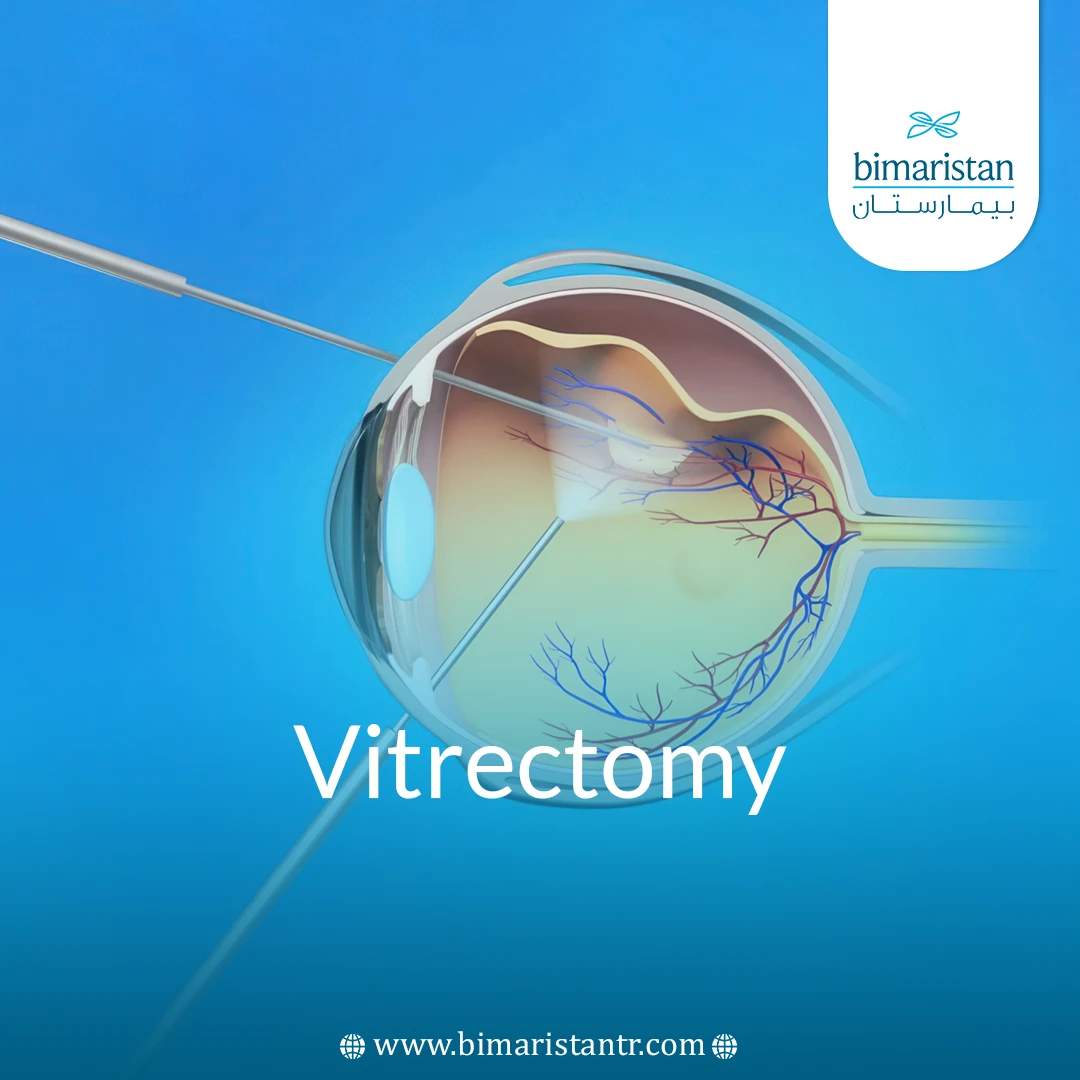
Eye Diseases
Turkey owns many modern hospitals specialized in all medical fields. Despite global competition in the medical field, Turkey has proven its competence by owning the latest medical devices and expert medical staff.
Turkey excels in treating eye diseases and corrective eye surgeries, and it has numerous achievements. It ranks first globally regarding the number of eye surgeries performed on foreign patients.
Advantages of Ophthalmology in Turkey
The field of treating eye diseases in Turkey is distinguished by a comprehensive range of medical services for both local and international patients. Turkey’s eye treatment centers include multiple medical teams specialized in all subspecialties of ophthalmology, capable of managing patients from disease diagnosis to complex surgical procedures.
Treatment of eye diseases in Turkey has many advantages that have made it surpass European countries, including:
Turkish hospitals providing all types of medical services for treating eye diseases in Turkey, all of which have received ISO quality certification and Joint Commission International (JCI) accreditation, in addition to providing services around the clock.
Expert doctors who have performed thousands of eye surgeries and received their training at the finest and top-ranked academic universities globally.
Availability of the latest surgical equipment and devices such as robots and Sirius, a high-precision tool for three-dimensional corneal imaging and analysis.
What are the eye diseases?
The eye is a unique structure in the human body, and diseases affecting the eye are specific to the eye and usually do not affect any other organ. Among the most common eye diseases in Turkey are:
Cataracts
This is a clouding of the eye’s lens, causing vision to become cloudy and blurry. The lens gradually loses its transparency until it becomes completely opaque, preventing light from passing through.
This condition can affect individuals at any age and may occur in one or both eyes.
Types of cataracts
White cataracts are formed in the lens’s nucleus and are commonly associated with aging. Initially, it may temporarily improve near vision (e.g., reading).
Cortical cataracts: Formed in the lens’s outer layer, causing gradual cloudy spots to develop. These may interfere with light passing through the lens, making vision hazy.
Posterior subcapsular cataracts: Formed beneath the posterior capsule of the lens. This type of cataract can cause issues with reading, light sensitivity, or seeing halos around lights. It may progress faster than other types, with symptoms appearing within months.
Glaucoma
Glaucoma is a group of eye disorders that lead to gradual damage to the optic nerve when the fluid inside the eye is not properly drained, increasing pressure inside the eye and the optic nerve, which can lead to vision loss if not treated early. It can affect people of all ages, including infants, but is most common in adults.
Dry eye syndrome
Dry eye syndrome occurs when the eyes do not produce enough tears to maintain their moisture. This can make the eyes feel uncomfortable or burning, and in some cases, can also cause vision problems.
Dry eye syndrome is one of the most common eye diseases in Turkey, often occurring in specific situations such as air travel, air-conditioned rooms, cycling, or prolonged computer use.
Keratoconus
Keratoconus is a condition where the cornea becomes thinner and bulges outward in a cone shape. It causes blurry vision and may cause light sensitivity and glare. Keratoconus usually affects both eyes. However, it can affect one eye more than the other.
In the early stages of keratoconus, you may be able to correct vision problems with glasses or soft contact lenses. Advanced stages may require rigid gas-permeable contact lenses, while severe cases may require corneal transplant, which is the main cause of the disease.
Corneal Inflammation
Corneal inflammation is inflammation or irritation in the corneal tissue. Although this condition is treatable, it is the most common cause of corneal blindness.
Corneal inflammation can occur non-infectiously due to simple reasons such as prolonged contact lens use or the entry of a foreign body into the eye. Infectious corneal inflammation can occur due to bacteria, viruses, fungi, and parasites.
If corneal inflammation is left untreated or if the infection is severe, it can lead to serious complications that may result in permanent vision damage.
Retinal Detachment
Retinal detachment occurs when the retina is pulled from its natural place (the back part of the eye). It is a serious problem that requires immediate examination by an eye doctor; otherwise, vision loss in that eye may occur.
Retinal detachment is a serious medical condition in which the eye’s retina moves away from its supporting tissues. It requires immediate examination by an eye doctor. The retina’s inability to function properly in this condition may cause permanent vision loss if the detachment is not repaired within 24-72 hours.
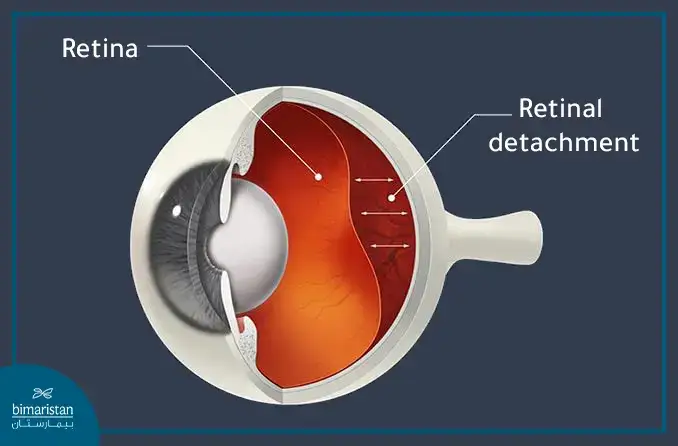
Eye Allergy
Eye allergy is commonly used to describe allergic conjunctivitis, which occurs due to the same irritants that cause sneezing and runny nose. Allergy causes an exaggerated reaction of the eyes to a substance perceived harmful by the body, resulting in redness, tearing, and itching of the eyes.
When the eye comes into contact with foreign substances, mast cells release certain chemicals, like histamine. This causes leakage of small blood vessels, resulting in redness and irritation of the eyes.
Most people have dust allergies, which can also occur due to cosmetics or eye drops used to treat dry eyes.
Astigmatism
Strabismus is a common eye condition characterized by an irregular cornea curvature. It affects people to varying degrees. However, treatment is necessary if the cornea is more curved than necessary.
The eye of a person with strabismus is shaped like an egg, causing light to bend in one direction more than the other when entering the affected eye. This results in focusing on only part of the body at a time, making objects at different distances appear blurry and wavy.
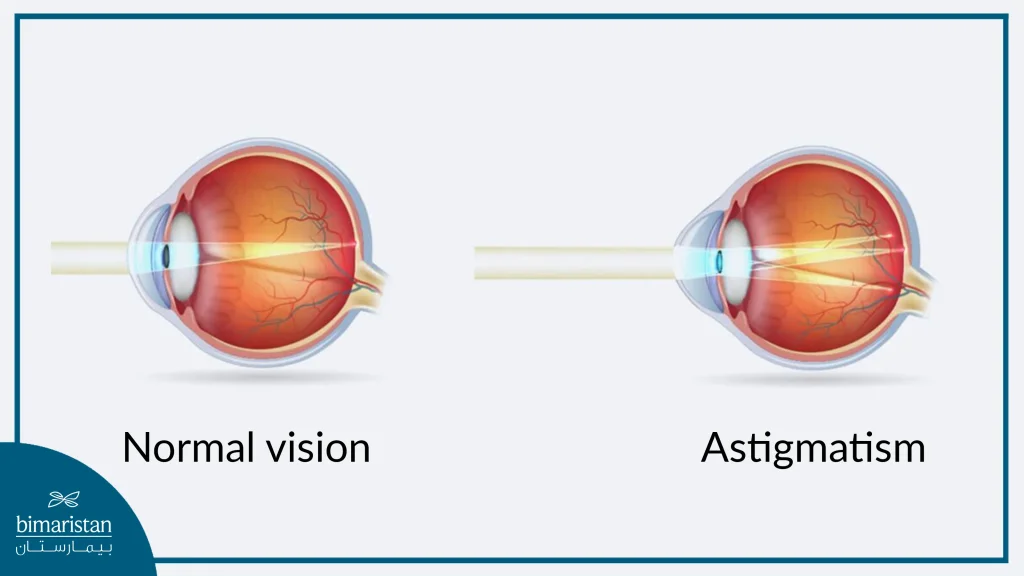
Types of Eye Treatments and Surgeries in Turkey
In Turkey, many treatment methods for eye diseases are available, all of which are referred to as refractive surgery.
Eye specialists have made remarkable advancements in vision correction surgery, also known as refractive and laser eye surgery, for treating eye diseases in Turkey. There are many types of vision correction surgeries. Most procedures work by reshaping the cornea so that light passing through it can be properly focused on the retina.
Here are the different types of corrective eye surgeries for treating eye diseases in Turkey and how they are performed:
LASIK (Laser-Assisted In Situ Keratomileusis)
This surgery reshapes the basic tissues of the cornea to focus light on the retina. This procedure is ideal for patients with nearsightedness, farsightedness, or those with astigmatism. It is performed by placing a suction ring and eyelid speculum on the eye. These painless devices keep the eye in place and prevent blinking.
The surgeon creates a thin flap in the cornea and then lifts and folds it backward as if turning a page of a book. You are then asked to focus on the light directed towards your eyes. While staring at the light, the surgeon uses the laser to reshape the cornea. The surgeon then repositions the flap and begins reattaching it immediately.
PRK (Photorefractive Keratectomy)
PRK is a procedure that uses a laser to reshape the cornea. Unlike LASIK, PRK only reshapes the surface of the cornea. It is ideal for mild to moderate nearsightedness, farsightedness, or astigmatism. PRK can also work with computerized imaging techniques.
Lens Implant Surgery
In lens implant surgery, the natural lens of the eye is removed, and an intraocular lens (IOL) is implanted in its place to restore normal vision function. The IOL is a transparent artificial lens (made of acrylic or silicone) that serves the same purpose as the natural lens.
Lens replacement surgery is one term but is used in two types of procedures:
Cataract Surgery
In this procedure, a small incision is made at the edge of the cornea, and a cut is made in the membrane surrounding the lens. Then, an ultrasound probe is inserted to fragment the cloudy lens into small pieces, which are then suctioned out through a device attached to the probe.
After removing the fragmented lens pieces, a lens called an intraocular lens (IOL) is implanted into the natural lens’s place instead of the removed lens. Once inserted into the lens capsule area, it opens and positions itself correctly.
After completing the surgery, the eye is covered with a bandage to protect it during the healing process. It’s important to stop taking certain types of medications a week before the surgery, including:
- Blood thinners and anticoagulants like aspirin, clopidogrel, heparin, and warfarin.
- Medications used to treat prostate problems, such as tamsulosin, terazosin, and finasteride.
Refractive Lens Exchange (RLE)
RLE is often recommended for patients over 50 years old when laser surgery is not the best option due to age-related changes in the curvature of the natural lens, which diminish the benefits of laser treatment. RLE involves removing the natural lens and replacing it with a modern artificial lens carefully chosen by the surgeon to achieve the best outcome.

Radial Keratotomy (RK)
This procedure is used to correct mild nearsightedness. Small incisions are made in the cornea using a diamond knife, which flattens the center of the cornea and changes its curvature. Due to the incisions in the cornea, healing takes several weeks. This surgery used to be very common but has been largely replaced by LASIK.
Astigmatic Keratotomy (AK)
Astigmatic Keratotomy (AK) is quite similar to Radial Keratotomy (RK). This surgery is used to correct astigmatism. Instead of making radial incisions, the eye surgeon makes incisions in the cornea in a curved pattern.
Cost of Eye Surgeries in Turkey
Turkey has made significant strides in medical tourism and attracts patients from all over the world.
The cost of eye treatments in Turkey is very affordable, especially when compared to costs in some European countries and in America. This affordability is a hallmark of Turkish medical centers and hospitals.
The costs for eye surgeries to treat eye conditions in Turkey range from approximately $500 to $3000 USD, depending on the procedure and the patient’s condition.
Prominent Ophthalmologists in Turkey
Turkey is known for having a group of specialized doctors in treating eye diseases, including:
- Dr. Abdullah Ozkaya
- Dr. Omar Can Oztan
- Dr. Berna Ozkan
- Dr. Ozlen Rodop Ozgur
Top Eye Diseases Hospitals in Turkey
There are several hospitals and specialized centers in Turkey that treat eye diseases, offering a wide range of eye surgical procedures. Some notable centers include:
- Memorial Hospital (Sisli): One of the leading eye hospitals in Turkey.
- Beyoglu Eye Research Hospital
- Acibadem University Hospital
- Medipol Mega University Hospital
Eye disease treatment in Turkey provides excellent value for money while maintaining high treatment quality. Additionally, you can’t miss exploring famous places during your medical trip to Turkey.

